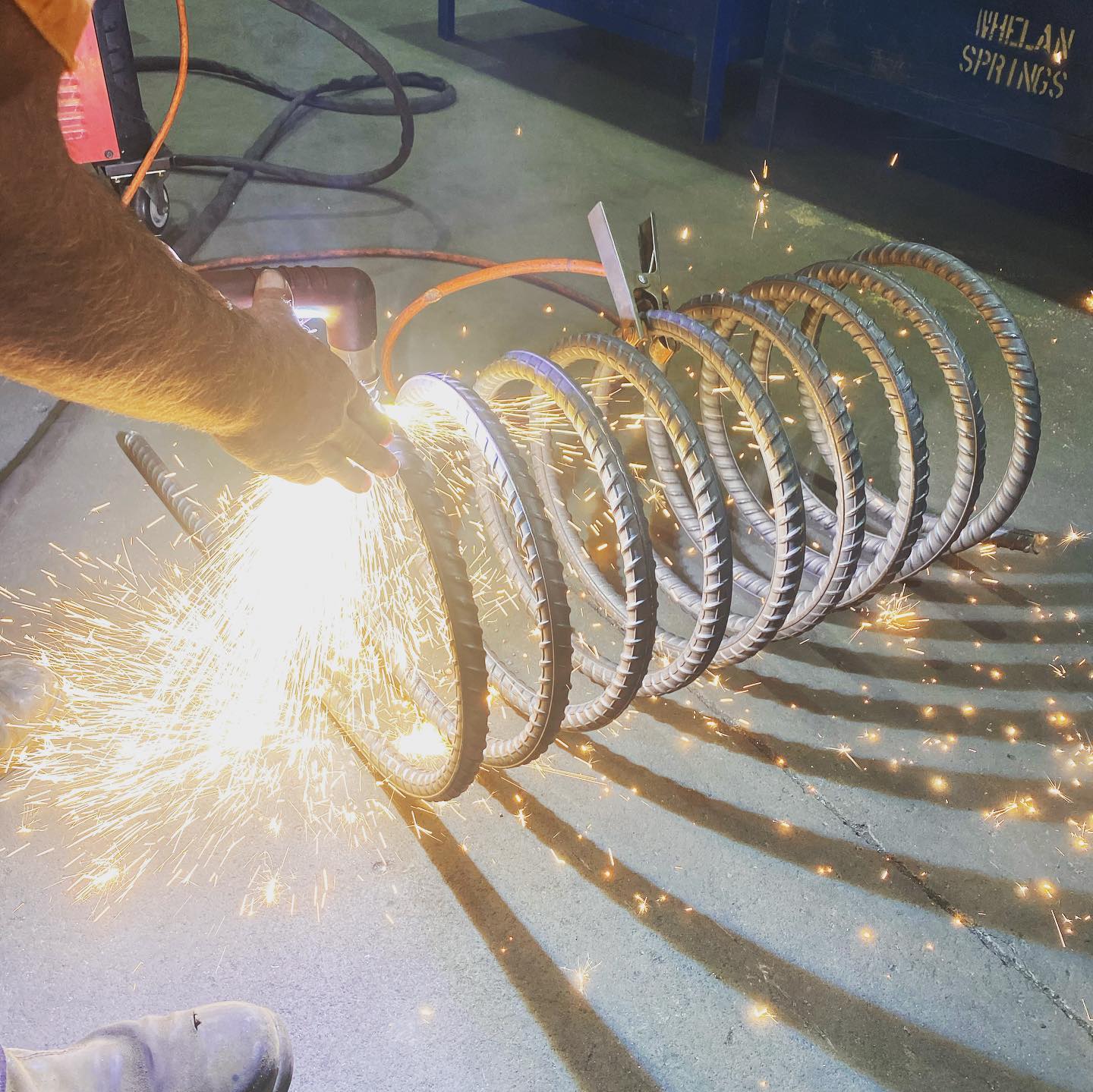MIG Welding Thin Materials: Common Challenges and Solutions
11 March 2024
Explore MIG welding and the common challenges and solutions in processing thin materials. With WS Fabrication’s assistance, obtain optimised thin metals.
Metal Inert Gas or MIG welding is a type of welding process maximised by manufacturers for its efficiency and ease of use. This versatile and widely used welding process is known for covering a wide range of materials. However, welding thin materials like sheet metal or light-gauge steel can become challenging, requiring special attention and techniques.
Fortunately, the experience of WS Fabrication in the field of MIG welding has helped us pinpoint the challenges of the process and generate solutions to overcome them. Some of the most common challenges in MIG welding thin materials and their respective solutions are as follows.
Burn-Through and Warping
Thin materials are generally more prone to burn-through and warping during welding due to their low thickness and heat conductivity, resulting in unsightly welds, weakened joints, and structural distortion. To overcome this specific challenge, we utilise lower voltage and wide feed settings to lessen heat input and reduce the risk of burn-through and warping. We can also maximise pulse welding techniques to control heat input and provide intermittent cooling periods, preventing overheating of thin materials.
Poor Penetration and Fusion
Achieving proper penetration and fusion in thin materials can be difficult, as inadequate weld penetration can compromise joint strength and integrity. One way to resolve this issue is by fine-turning welding parameters like voltage, wire speed, and travel speed, achieving optimal penetration and fusion without excessive heat input. Proper joint fit-up and edge preparation can also be done to facilitate better weld penetration and fusion.
Weld Spatter and Porosity
Excessive weld spatter and porosity are common issues encountered when MIG welding thin materials, leading to poor weld quality and increased post-weld cleanup. To make this process successful, we choose a welding wire that is specifically designed for thin materials, with a smaller diameter and lower spatter characteristics. We also opt for a higher-quality shielding gas blend with the appropriate composition to minimise spatter and reduce the risk of porosity.
Distortion Control
Controlling distortion is essential when welding thin materials, as excessive distortion can affect the dimensional accuracy of the finished part or assembly. We utilise tack welds or stitch welding techniques to secure the workpieces in place and minimise distortion during welding. We also distribute welding heat evenly across the joint through alternating wedding paths or using a back-stepping technique to reduce distortion.
With our solutions to these challenges, our team can carry out MIG welding across various industries. Some industries that can take advantage of our welding process are the automotive, construction, manufacturing, shipbuilding, and agriculture. We allow system components, body panels, and others to be connected solidly, making sure they can work for a very long time without any issues.
MIG welding thin materials requires careful attention to detail and the application of specialised techniques to overcome common challenges. By partnering with WS Fabrication, you can achieve high-quality, reliable welds in thin-gauge metals that will truly last for many years or even decades.
Optimized by: Netwizard SEO

